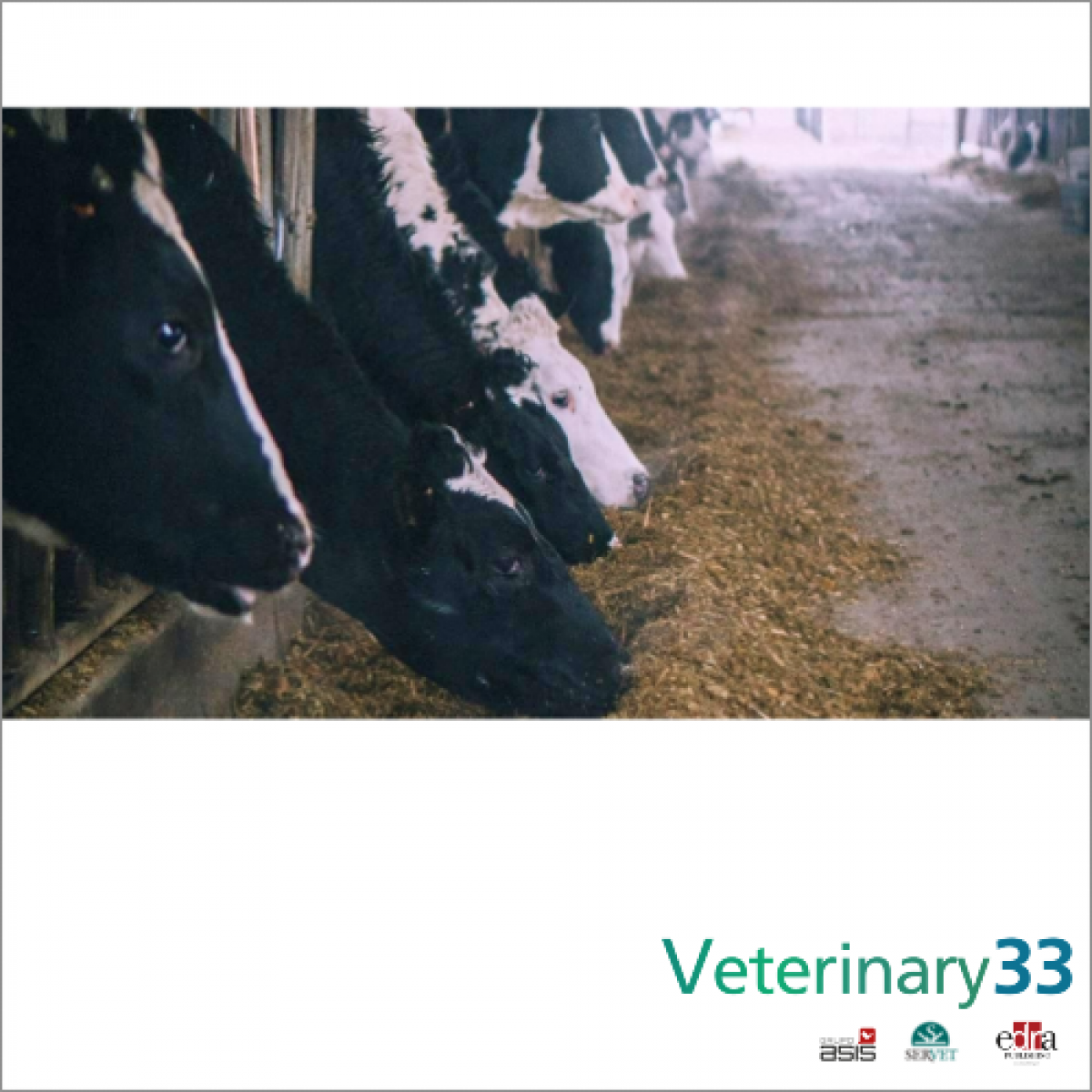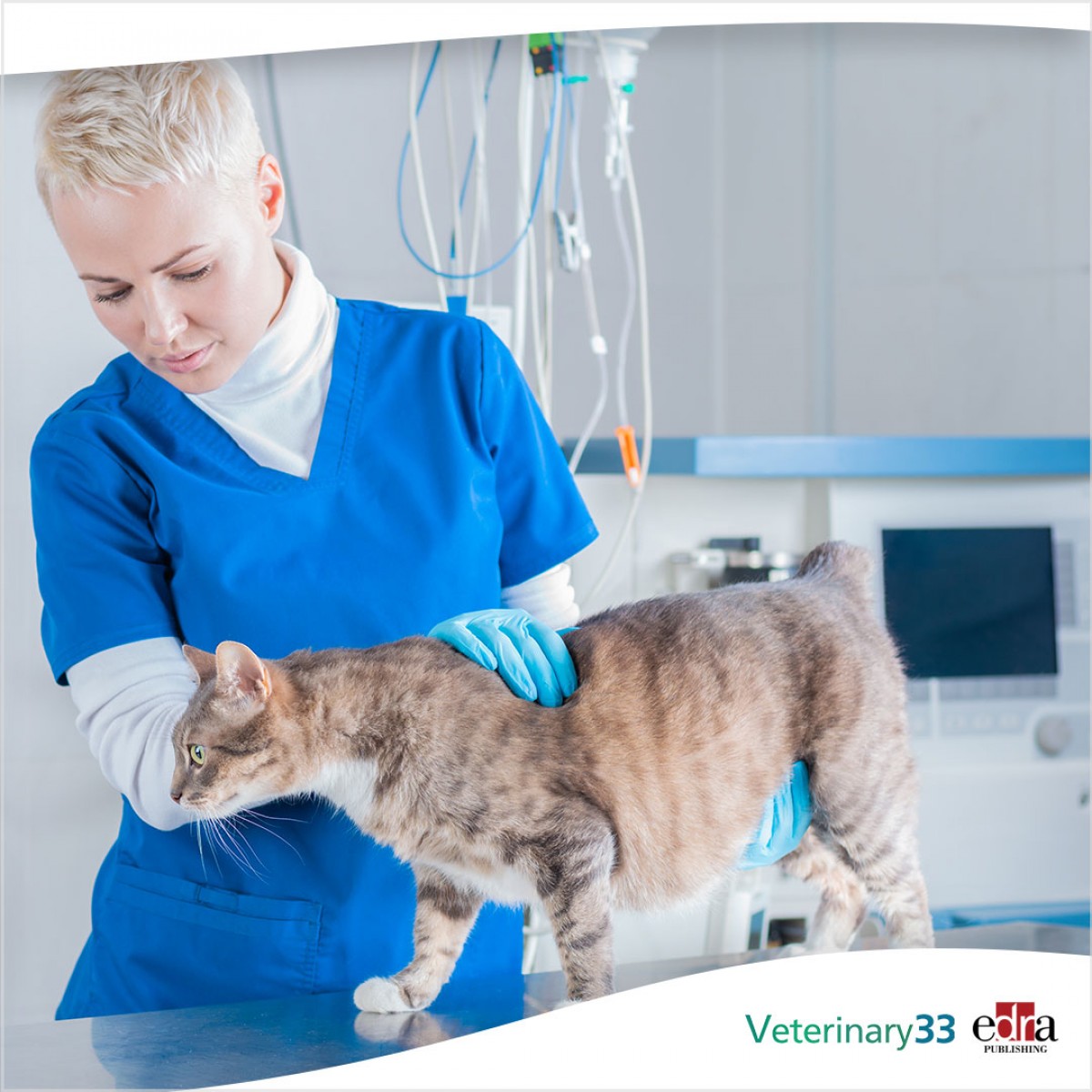A measure of disease burden in human medicine is used to quantify the health of dairy cows
A Washington State University (WSU) research team, led by Craig McConnel, a professor of veterinary medicine at that institution, will apply the concept of disability-adjusted life years (DALYs) to animal production.
This global burden of disease measure is used by the World Health Organization to assess the global burden of disease and was developed in the 1990s for use in human medical epidemiology, expressed as the number of years lost due to health problems, disability, or premature death. Its use has allowed epidemiologists to assess how various diseases and injuries affect the quality of human life.
Now, the same concept will provide dairy farmers and their veterinarians with a novel approach to understanding the effectiveness and consequences of their animal health management decisions.
A novel way of tackling the disease
"It's a conceptually novel way of approaching disease, but it allows us to understand the cumulative impact of disease on the welfare and productivity of animals throughout life," McConnel explained. "Currently, we do not have effective measures of the burden of disease in livestock throughout life."
McConnel, along with his colleagues from the WSU College of Veterinary Medicine and the College of Agriculture, Human Sciences and Natural Resources, plan to use the funds that have been earmarked for this project to measure the lifetime burden of different diseases in dairy cows by documenting standard measures of productivity such as milk production or reproductive efficiency, along with the physiological impacts described through molecular diagnostics.
McConnel indicated that wellness, illness, productivity, and longevity are directly related. "They are all intertwined," he added. "We are just trying to be more nuanced in understanding the duration, severity, and lifetime consequences of the disease, all the pieces that lead to productivity and success within the group."
For the most common diseases in cows and calves
Once collected, McConnel and his team will use the data to determine the combined burden of some of the most common diseases that affect cows and calves, such as diarrhea, respiratory diseases, mastitis, lameness, and other diseases.
"If you focus singularly on individual disease episodes, you can lose sight of the larger context and interrelationship of dairy cow diseases," explained researcher McConnel. "We believe that an innovation as a summary measure of health can help integrate the impacts of disease on productivity, longevity, well-being and economic opportunity costs."
Similarly, the team will evaluate gene expression, blood proteins and metabolites, and fecal microbial communities to help assess an animal's well-being beyond the typical clinical signs of disease. "Some of the molecular work that we are doing is cutting edge," McConnel said.
In addition, the project has been opened for veterinary students to hone their clinical skills while providing farmers and their veterinarians with additional information on health management, ”added the lead researcher. "In the end, we anticipate the participation of veterinarians in continuing education, highlighting the diagnoses of the future and the effect of health problems on the well-being of life," he concluded.














List
Add
Please enter a comment